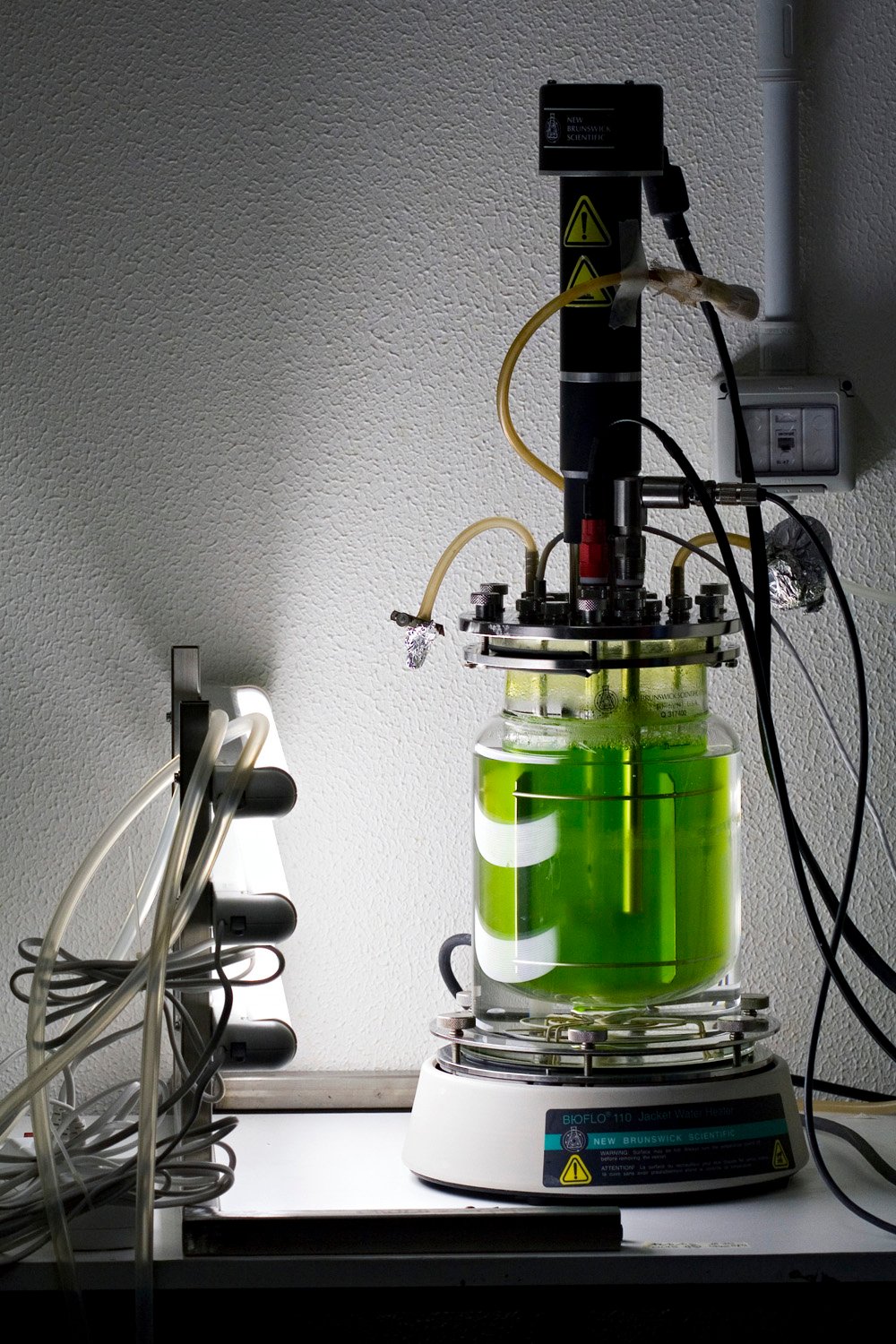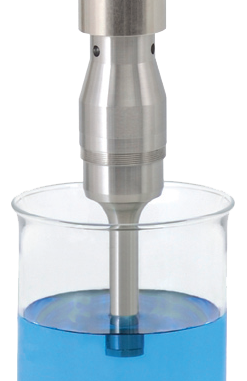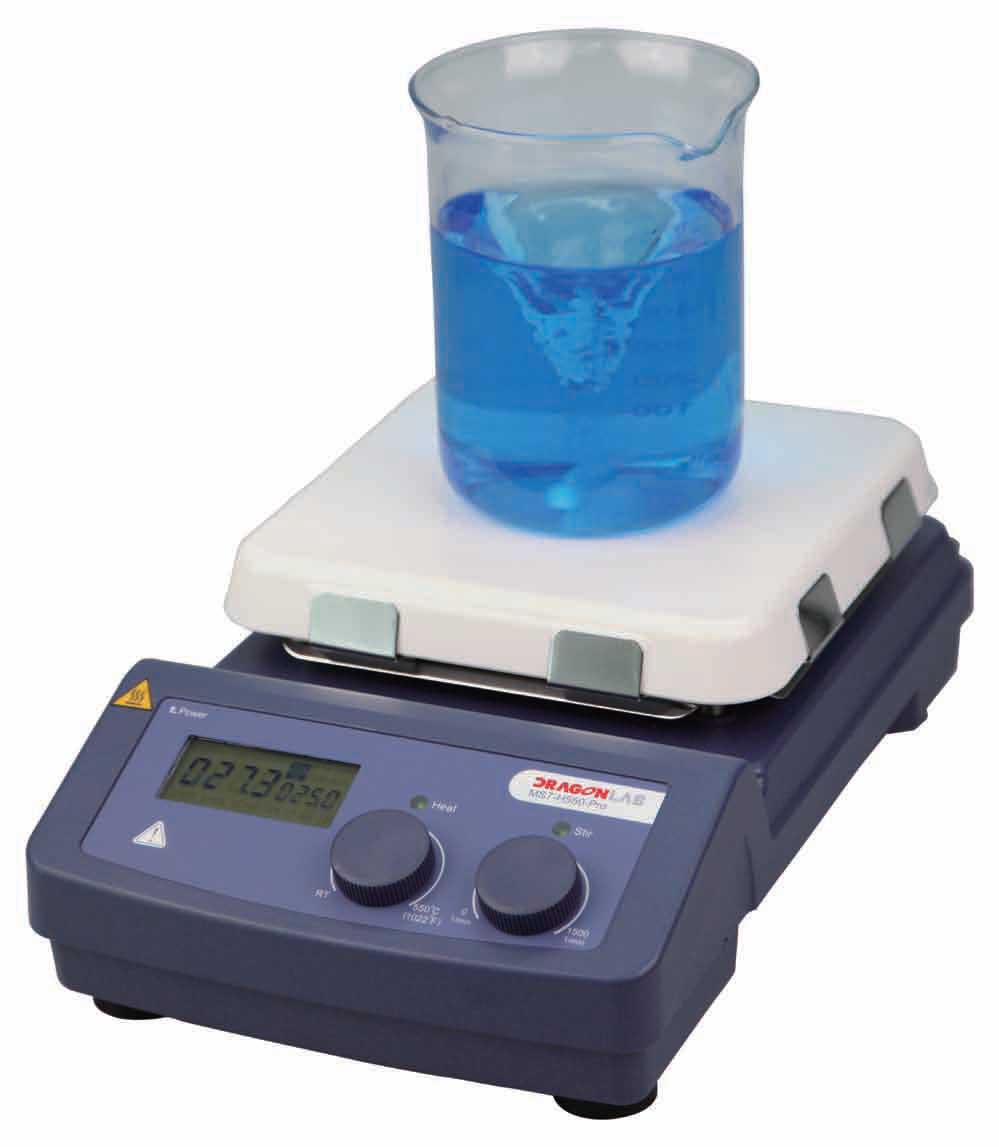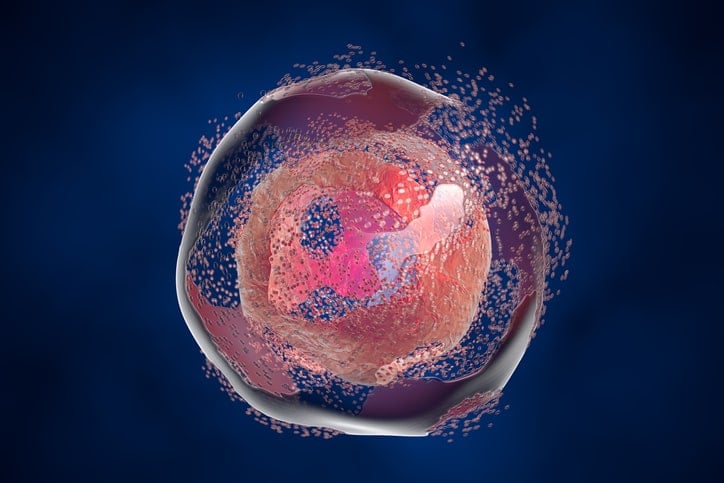Sonication of cells is an essential first step to any protein purification process. Sonication is used to break apart the cell membrane, which releases all proteins into solution. Once the intracellular and transmembrane proteins are free, they can be enriched by protein purification methods. One very useful method is biomagnetic protein purification. This process uses superparamagnetic beads to isolate specific target proteins. The superparamagnetic beads are coated with proteins that specifically bind to the proteins of interest, and a magnetic separation rack attracts the beads. The remaining cellular debris is washed away and replaced by a protein isolation buffer that keeps the proteins stable until further analysis can be performed.

Magnetic bead suspensions will eventually sediment and aggregate over time. If non-homogeneous biomagnetic separation conditions are used, studies show that the likelihood of irreversible aggregation occurring is very high. Unfortunately, when this happens, the consistency, quality and functionality of the lot are all compromised. There are several steps during the preparation of magnetic beads for diagnostic kits where irreversible aggregation can become a problem unless resuspension techniques are used that guarantee gentle disaggregation.

As we have explained in previous posts, magnetic beads can aggregate due to different reasons, bringing problems to the processes they are used for. If you want to learn more about breaking up irreversible magnetic bead aggregates, with techniques such as the sonication method, keep reading!

Irreversible aggregation is one of the main concerns when functionalizing magnetic beads for use in diagnostic and biotech applications. The presence of aggregates can cause high variability in the functionality of the magnetic beads and large inconsistencies. Irreversible aggregation causes serious problems when one tries to resuspend the particles after the processing, coupling and washing steps. Because of this, as we have explained in previous posts, one of the best ways to solve this issue is using the sonication method.

Today we'll learn more about breaking up irreversible magnetic bead aggregates with different methods such as the sonication method, are you ready?

Bioreactors are an advanced phase of any production process, as small scale production has been left behind and scale up is being developed. Increasing the working and production volume brings many benefits to the process, but it is also more difficult to work with larger volumes, including when we work with magnetic beads.

The sonication method is a very effective method for breaking up magnetic bead aggregates, but it is not a panacea. It is an efficient technique once all of the parameters are set, but it is a complex technique with some important limitations, especially for high volume processes.

Irreversible aggregation of magnetic beads is a great concern among researchers because of the variability it introduces into the process. Knowing how to deal with these aggregates when they do form, with techniqes like the sonication method, is the best way to increase in-lot consistency.


Magnetic beads need to be constantly mixed and homogenized to avoid sedimentation and clumping problems. Even when the sonication method is necessary to break up aggregates, mixing and homogenization is necessary.

The sonication method is used to break up irreversible magnetic bead aggregates when they are generated during various steps of the production process. However, sonicating a large volume is not a straightforward process. To set up a largevolume sonication, you must choose the proper probe, the power, and the conditions, but choosing and determining these things can be tricky.
This post is about resuspension techniques, such as the sonication method, and how they can solve magnetic bead aggregation. If you are interested in this topic, download our free ebook The basic guide for resuspending magnetic beads:
One very important thing you must ask yourself is ‘why do I have aggregates in the first place?’. There are two possible causes of irreversible aggregation that you need to investigate:
1. Did you properly block the exposed hydrophilic bead surface after coating?
During the production process, you will coat the beads, but you will not always be able to coat their entire surface. If you have not blocked the parts of the beads not covered by your antibodies or antigen, these exposed surfaces can react with other proteins or with the protein on neighboring beads. If you are using the correct blocking reagent, you will reduce auto-aggregation, thereby reducing non-specific background reactions.
Since avoiding aggregate formation altogether greatly simplifies re-suspension, it is worth trying different blocking reagents to find the optimal re-suspension conditions (e.g. BSA, Tween 20, Triton-X 100, etc.).
2. Are you applying excessive magnetic force when separating the beads?
The magnetic force in classical separation systems decreases quickly with distance from the magnets. Because of this, technicians need to generate extremely high forces in the magnetic bead retention areas in order to have enough force to capture beads far from the magnets. In addition, since the forces are weak far from the magnets, separation times are long, causing the beads in the retention area to experience high magnetic forces over long periods of time. High magnetic forces can cause irreversible bead aggregation in spite of optimal blocking techniques.
Modern homogeneous biomagnetic separation systems, however, generate the same force in the entire working volume, thus decreasing the time for bead recovery, increasing the amount of beads recovered and decreasing the forces the beads experience in the retention area over time. Gentler retention forces, larger retention areas and the shorter exposure time to magnetic forces can result in an avoidance of irreversible aggregation altogether.
If you can avoid irreversible aggregation, mixing via homogenization is the only technique necessary to resuspend the beads allowing for a simpler, more predictable process that is easy to scale up.
Don't forget to check these posts from our blog in order to get a deeper insight into magnetic bead resuspension:

Resuspension of the magnetic beads is the key to guaranteeing both in lot and lot to lot consistency of the resulting in vitro diagnostic (IVD) magnetic bead reagents. In order to achieve resuspension of solids with liquids, scientists and technicians in the lab typically use five different general techniques:

The problems with magnetic bead suspensions
The major problem with non-colloidal solids suspended in liquids is that they will eventually sediment and clump over time. Magnetic bead suspensions are no exception. Even though magnetic separation is generally gentler than separation by centrifugation, clumps and aggregates can still form. Aggregate formation happens at a much greater frequency if you do not use homogenous biomagnetic separation conditions.


